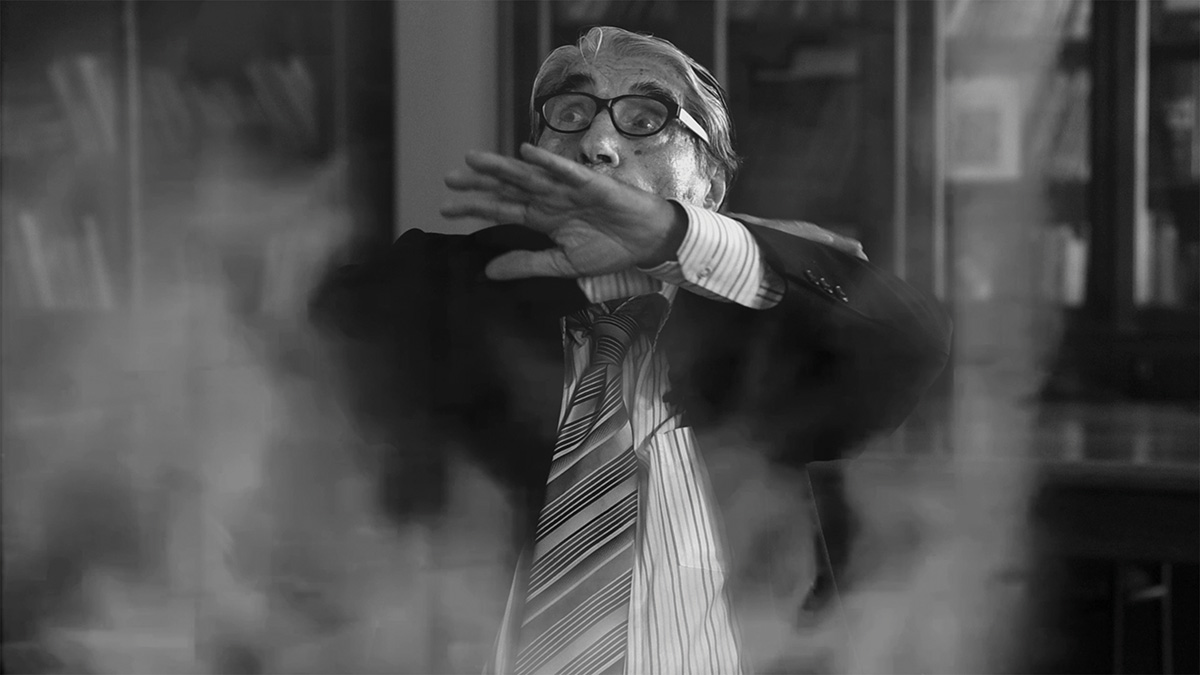Catalogue > At random

Alexis Guillier
Purgatoire (Cinema that kills)
Doc. expérimental | digital | couleur et n&b | 61:44 | France, Liban | 2023
Alexis Guillier’s film looks at the deadly fire that broke out at the Beirut nightclub "Purgatoire" on the set of the 1969 Lebanese movie "Kolouna Feda'iyoun" ("We are all fedayeen") by Gary Garabedian, a take on Palestinian resistance at the time. Guillier’s project delves into the complexity of the film’s context, the precariousness of Lebanese cinema, and the investigation of the accident. The narrative of the film is built through the stories of the main protagonists: Purgatoire’s owner Sami Ghosn, TV star and Gary Garabedian's good friend Salah Tizani (aka Abu Salim), actor Samir Abu Saeed, the last living actor to have appeared in the film and who was at Purgatoire the night of the accident, actor Samir Chamas, who played in the film and who arrived on the scene just after the accident, Mirvat Kousa, sister of the actress Mona Slim, who was seriously injured in the accident, Hussein Al Sayyed, special effects expert and Christiane Mallouk, sister of the extra Gaby Mallouk who died in the accident. "Purgatoire" is part of the larger project "La réalité éclatée / A many splattered thing, conceived as an investigative history of cinema through set accidents that have caused deaths and severe injuries. The whole project is interested in the tensions between production and representation, material reality and image carried on the screen. In this respect, the exploration of the accident in "Purgatoire" is marked by these questions and inhabited by the revealing power of the accident. The film also testifies to the evolution of Alexis Guillier's image work, which is illustrated here through the increased exploration of visual associations, layered editing and opacity, which are also reflexive tools on the context, the story, and the narrative of the accident, and which nourish a play with certain formal codes of documentary.
Alexis Guillier se consacre à des performances, des films, textes ou installations, qui sont des montages narratifs, nés d’investigations (documentaires et de terrain) dans l’histoire collective et les histoires individuelles. L’entraînant de la falsification à la déformation et la disparition des œuvres, d’un accident de tournage aux vaisseaux fantômes, ou à gravir les contours de la géante Notre-Dame de France, ses formes mêlent des documents très divers, qui coexistent dans l’histoire culturelle mais ne s’y associent que rarement. Ses sujets d’investigation le poussent à observer la circulation des images et des productions culturelles, les échos et les récurrences, la formation des imaginaires, les interactions entre les actions personnelles et les histoires souvent nationales, sous un angle tant esthétique qu’anthropologique. La transmission de ces récits s’interroge elle-même, restant toujours sur une ligne incertaine, entre subjectivité détachée et lyrisme documentaire, et participant de l’indétermination des objets investis. Ses recherches sont faites d’analogies, d’associations d’idées, s’intéressent aussi à la paranoïa comme méthode. Plus récemment, il cherche à mettre en perspective ses projets avec des « affaires », partant du constat que l’accident, la catastrophe et leur violence reviennent avec insistance. Les processus d'enquête et de montage semblent aussi témoigner d’un même rapport au corps, comme s’il s’agissait de recoller ensemble des morceaux découpés dans plusieurs histoires ou sources.